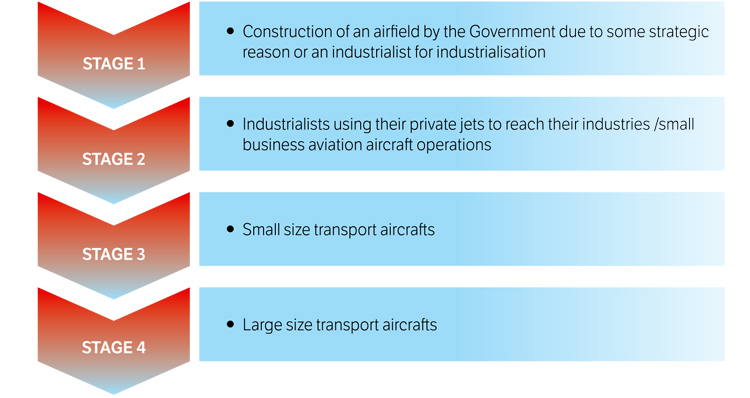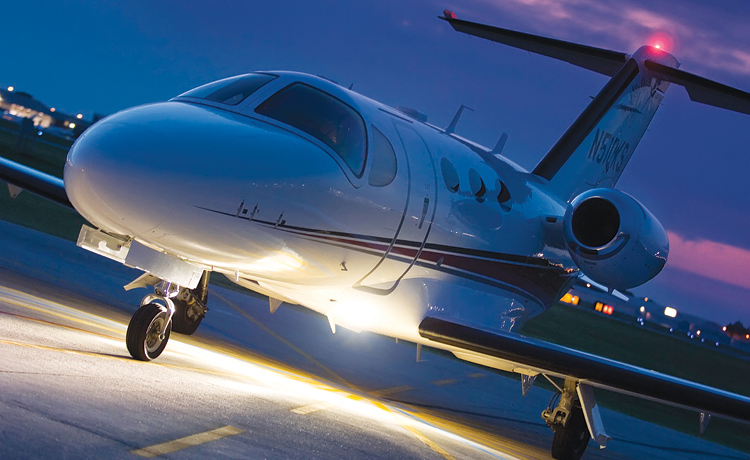INDIAN ARMED FORCES CHIEFS ON OUR RELENTLESS AND FOCUSED PUBLISHING EFFORTS

SP Guide Publications puts forth a well compiled articulation of issues, pursuits and accomplishments of the Indian Army, over the years

"Over the past 60 years, the growth of SP Guide Publications has mirrored the rising stature of Indian Navy. Its well-researched and informative magazines on Defence and Aerospace sector have served to shape an educated opinion of our military personnel, policy makers and the public alike. I wish SP's Publication team continued success, fair winds and following seas in all future endeavour!"

Since, its inception in 1964, SP Guide Publications has consistently demonstrated commitment to high-quality journalism in the aerospace and defence sectors, earning a well-deserved reputation as Asia's largest media house in this domain. I wish SP Guide Publications continued success in its pursuit of excellence.
Contributor to Nation’s Economy
The Government needs to offer an environment and a playing field which is conducive to the growth of Business Aviation

Business Aviation or private aviation aircraft are often regarded as a luxury tool by the government and the public. While it is true that some of these flights are conducted for luxury, to typecast or slot Business Aviation as the rich man’s toy is not justifiable.
THE RAIGARH STORY
Please refer my article entitled, ‘Raigarh - A Case Study on How Business Aviation Promoted Growth in India’, ICAO Journal, 2017, Pg 23. Now read this story keeping in mind, the Government’s UDAN scheme. UDAN aimed at providing air transport accessible to the Aam Naagrik in small cities and at locations which were yet not served by scheduled airlines. In each of these small town airfields, the life-cycle of passenger traffic operations invariably goes through the following stages.
It is not possible to induct large size transport aircraft ab initio and therefore, Business Aviation serves the purpose of initiating new measures such as UDAN in the country.
RELIGIOUS TOURISM
It is a well-known fact that Vaishnodevi, Amarnath, Kedaranath and Chardaham have gained in footfall with the introduction of helicopter services. Therefore, Business Aviation has helped to promote religious tourism in the country.

SPECIAL OPERATIONS
In the field of Special Operations such as Sky Cranes, Aerial Surveys and Transmission Line Maintenance, helicopters and small fixed wing aircraft are rendering yeomen service. These are nation building roles and by facilitating these special operations, Business Aviation becomes an inseparable part of the nation’s success story.
MEDICAL EVACUATION
The presence of medical ambulances in the country has made hospitals such as Medanta, Fortis and Apollo accessible to even rural India where the patient just needs to reach the nearest airfield on which a small aircraft in an air ambulance role can easily land but a large sized jet cannot. These small aircraft transfer the patients from small town and villages to the metro cities where the major hospitals are located. Therefore, Business Aviation has helped improve the life expectancy of the citizens of the country.

TIME MANAGEMENT OF WORLD LEADERS
Whether a political leader or an industrialist, Business Aviation aircraft help them manage their time. In today’s world, where ‘Time is Money’, each hour saved for these leaders can result in some form of growth for the nation, far in excess of the money spent on their travel on a charter plane. These planes are tailor-made to permit onboard meetings and facilitate quick decision-making. Therefore, time which would have been wasted for mere travel is well-utilised in conduct of office while on the move.
All the above factors have an indirect effect on the nation’s economy. There is also a direct effect that Business Aviation makes on the economy of the country. The figures used below have been extracted from the industry report on ‘Business Aviation in India’ by Business Aircraft Operator published in 2017.
IMPORT DUTY CONTRIBUTION
Although import duty is a direct boost to the economy, it has been responsible for the slow growth of Business Aviation aircraft in India as the import duty, especially on private aircraft, is prohibitively high thereby discouraging industrialists to buy and induct these aircraft. At an average, for each business aircraft imported into India, a sum of 2.3 crore is deposited with the exchequer as import duty collected. If one compares this amount to the bouquet of economic benefits possible from a single business aircraft in terms of investment, setting up of factories, creation of thousands of jobs and prosperity, it would emerge that lower or nil import duty will help contribute much bigger numbers to the nation’s economy. Many of the developed nations have realised this folly and do not charge any import duty on the import of aircraft. India needs to follow suit.
AVIATION TURBINE FUEL
In the year 2014, the total revenue contribution towards fuel purchases made by 485 business aircraft in active service is estimated to have touched just about 388 crore.
INSURANCE
The Business Aviation segment contributes to the annual insurance premium outgo of approx. 150 crore per year.
DIRECT EMPLOYMENT
The Business Aviation industry employs approximately 8,000 personnel.
FLEET VALUE
The cumulative fleet value, without depreciation, for the current fleet of approximately 500 aircraft stands at 17,500 crore.
CONTRIBUTION TO INDIA’S GDP
The GDP contribution is a result of the overall economic output of the sector by the sum total of its direct, indirect and induced contributions. Direct contribution is the economic output and employment of firms in the Business Aviation sector, which is estimated by adding the sector’s overall Gross Operating Profit margin and the total wage bill.
While the growth of scheduled aircraft fleet in the country is increasing exponentially, there has been stagnation in the growth in the number of Business Aviation aircraft.
The Indirect Contribution refers to the output and employment supported through the Business Aviation sector’s India-based supply chain, which includes aviation fuel suppliers, aircraft lease and purchase, banks and financial institutions, as well as insurance firms, ground handlers, caterers and other business service providers. Induced contribution is the output and employment generated by employee spending and the sector’s India-based supply chain. Following are the estimations for all the three types of contributions:
| Type of impact | GDP ( crore) |
| Direct | 1,414.4 |
| Indirect | 9,06.4 |
| Induced | 6,96.2 |
| Total | 3,017.0 |
CONCLUSION
It is unfortunate that while the growth of scheduled aircraft fleet in the country is increasing exponentially, there has been stagnation in the growth in the number of Business Aviation aircraft. As explained above, the growth of a scheduled aircraft has a dependency on the growth of Business Aviation aircraft. The growth is mutually nonexclusive. Therefore, the government needs to offer an environment and a playing field which is conducive to the growth of Business Aviation. Roll back of customs duty on import, specially designed Business Aviation airport, terminals, heliports and roof top helipads, bringing the regulations on a par with world standard practices, manufacturing procedures for exploiting capability of helicopters, are some of the steps that would boost the growth of this sector and thereby, the development of the nation.
Colonel Sanjay Julka (Retd) is CEO (Technical), AR Airways.





